Introduction
Social media has become one of the most powerful tools in the modern marketer’s toolkit—not only for generating leads, but also for managing them effectively. In 2025, the customer journey is increasingly social. Prospects discover, engage, inquire, and even decide on purchases based on what they encounter on platforms like LinkedIn, Facebook, Instagram, and YouTube.
However, collecting leads is only part of the process. What truly drives business growth is how those leads are nurtured, qualified, segmented, and converted. This is where social media-based lead management comes into play.
This document outlines nine structured, results-driven methods for using social media to support and improve your lead management process—ensuring no opportunity slips through the cracks.
- Integrate Social Leads Directly Into Your CRM
One of the most crucial first steps in social lead management is ensuring that leads collected via social media are automatically and seamlessly synced with your CRM system. Native integrations (e.g., Facebook Lead Ads → HubSpot or MLeads) or tools like Zapier allow for instant data transfer.
Why It Matters:
Timely follow-ups are essential. According to industry benchmarks, responding to a lead within five minutes increases conversion likelihood by up to 9x.
Implementation Tip:
Set up workflows that assign each incoming lead to a sales rep or automation path based on source and form responses.
- Use Social Listening to Monitor Lead Behavior
Beyond direct form submissions, social platforms provide valuable behavioral signals. Social listening tools can track when leads mention your brand, competitors, or key terms relevant to your industry.
Application:
If a qualified lead you’ve captured starts commenting on competitor posts or tweeting about a need you address, your team can step in with value-driven engagement or content offers.
Pro Tip:
Tools like Brandwatch, Sprout Social, or Hootsuite Insights enable automated keyword and brand tracking to identify warm opportunities.
- Segment Leads Based on Social Engagement Patterns
Not all leads are at the same stage of the funnel. Use engagement metrics (likes, shares, comments, video watch time) to assess lead intent and segment accordingly.
Segmentation Examples:
- High-engagement (e.g., webinar attendees or poll voters): Ready for personalized sales outreach.
- Passive viewers or followers: Enter nurturing sequences with educational content.
- Frequent commentators or question askers: Likely to convert with the right offer or consultation.
Tool Use:
CRMs like MLeads can be configured with custom tags or lead scoring to capture these signals.
- Nurture Leads Through Retargeting Campaigns
Retargeting is a powerful way to stay top of mind with leads who have already interacted with your content or brand. Platforms like Facebook, LinkedIn, and Instagram allow you to serve targeted ads to users based on prior behaviors (e.g., site visit, form view, video watch).
Execution Strategy:
- Show testimonials or case studies to leads who downloaded a guide.
- Promote free trial or demo to leads who clicked but didn’t convert.
- Offer limited-time discounts to users who visited your pricing page.
Measurement Tip:
Monitor cost-per-lead and lead conversion rate by retargeting segment to refine your strategy.
- Build Lead-Specific Content Funnels
Create dedicated content pathways for social leads. For example, a lead acquired through a “Training ROI Calculator” ad should enter a content stream focused on optimizing training results, industry benchmarks, and case studies.
Why It Works:
Leads are more likely to convert when they are consistently engaged with content aligned with their original interest.
How to Execute:
Use email drip sequences and remarketing ads tailored to the campaign or lead magnet source.
- Engage Through DMs to Build Relationships
Direct messaging, when done ethically and strategically, is one of the most personal ways to engage a social lead. LinkedIn, Instagram, and Facebook all support private message conversations with users who have interacted with your page or posts.
Use Cases:
- Thank a lead for attending a webinar and ask if they’d like the slides.
- Follow up on a question left in a comment.
- Offer a 1-on-1 consultation or product walkthrough.
Important Note:
Ensure you remain compliant with platform rules and privacy guidelines. Always provide value in the first message—avoid hard selling.
- Track Lead Engagement Across Platforms
With many users interacting on more than one platform, it’s important to track behavior across multiple social channels. Unified analytics dashboards or CRM integrations can help you monitor how a single lead engages with you on LinkedIn, Instagram, and Facebook.
Benefits:
- Identify high-intent leads interacting across multiple touchpoints.
- Create multi-channel nurturing sequences.
- Align messaging with the channel they engage with most.
Recommended Tools:
HubSpot, Zoho, MLeads, or Salesforce integrated with tools like Zapier or Segment.
- Use Social Proof to Accelerate Trust
Leads captured via social media often require validation before converting. Sharing real-world success stories, client testimonials, or user-generated content on your profiles builds trust and reinforces your value proposition.
Best Practices:
- Highlight client logos or case studies in your retargeting ads.
- Feature customer video testimonials in Stories or pinned posts.
- Share screenshots of positive feedback or before/after outcomes.
Key Insight:
Social leads convert faster when they see others like them have succeeded with your solution.
- Automate Follow-Up and Scoring Based on Social Source
Each social channel performs differently. Customize your CRM automation rules to reflect this. For example, leads from LinkedIn might be warmer and ready for sales, while Instagram leads may need more nurturing.
Automation Ideas:
- Assign a higher lead score to webinar attendees from LinkedIn.
- Delay outreach by 2–3 days for Instagram leads and offer more visuals.
- Use tags like “FB_LeadAd_March2025” to personalize email flows.
Outcome:
Your sales team focuses on the most promising leads while marketing continues nurturing the rest.
Conclusion
In 2025, successful lead management is about connecting the dots between social engagement and structured follow-up. Social media offers more than exposure—it provides real-time insight into lead behavior, intent, and readiness. When businesses connect social signals to their CRM systems and tailor interactions based on platform behavior, they increase conversion potential significantly.
The nine methods outlined here offer a scalable framework for turning social media leads into customers through thoughtful segmentation, timely engagement, and consistent value delivery. By integrating social media into your broader lead management strategy, you ensure that every interaction counts—and every lead is managed with purpose.













